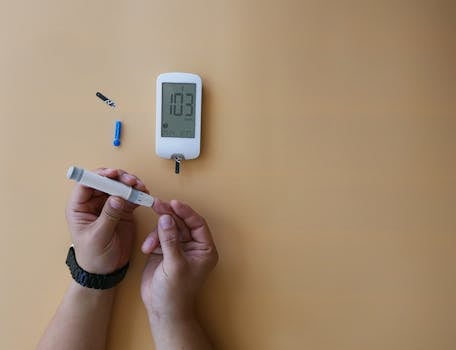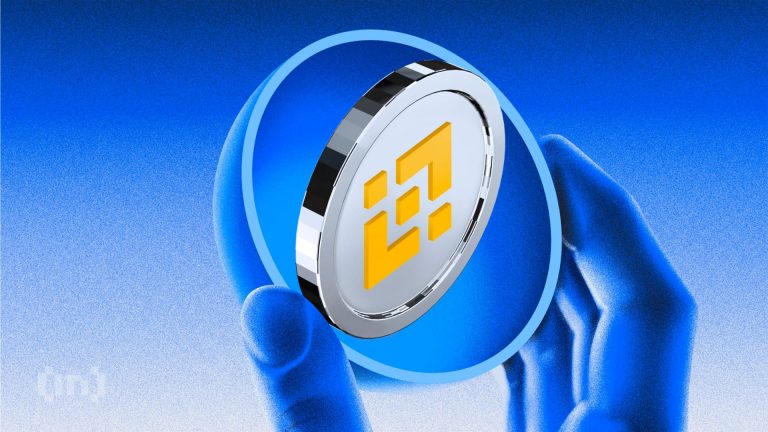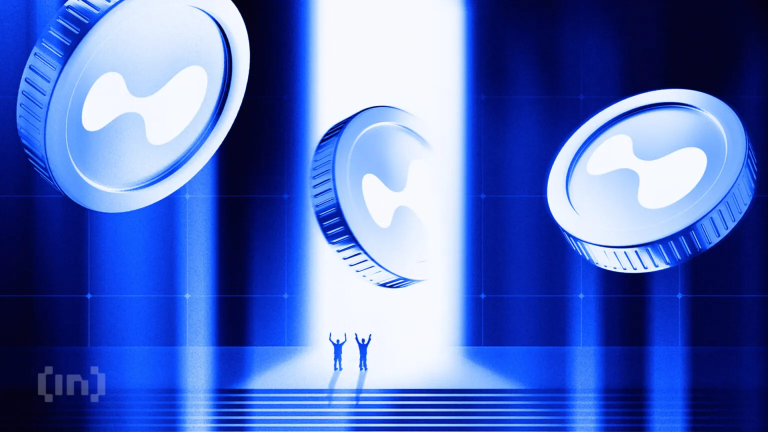
The Evolution of Wearable Devices and Health Monitoring: A Journey Through Technology
Takeaways:
- The journey of wearable devices began with basic pedometers, evolving into sophisticated health-monitoring technologies.
- Modern wearable devices can track a wide range of health metrics, offering insights into personal health like never before.
- As technology advances, the integration of AI and IoT in wearable devices is set to enhance health monitoring capabilities further.
In recent years, the landscape of health monitoring has dramatically changed due to the rise of wearable devices. These gadgets, which can be worn on the body, have evolved from simple tools into complex systems that provide real-time health data. This article explores the evolution of wearable devices, their current state, and what the future may hold for health monitoring.
The Beginnings of Wearable Technology

One of the first consumer-friendly devices was the pedometer, which gained popularity in the late 20th century. This simple device counted steps and encouraged users to be more active. However, it wasn’t until the introduction of digital technology that wearable devices began to take on more sophisticated forms.
The Rise of Fitness Trackers

Devices like the Fitbit, launched in 2009, revolutionized the market by combining sleek design with advanced metrics. Users could track their steps, calories burned, sleep patterns, and even heart rates. The success of fitness trackers led to a surge in interest in personal health management, prompting a wave of innovation in the wearable technology space.
Smartwatches: The Game Changer
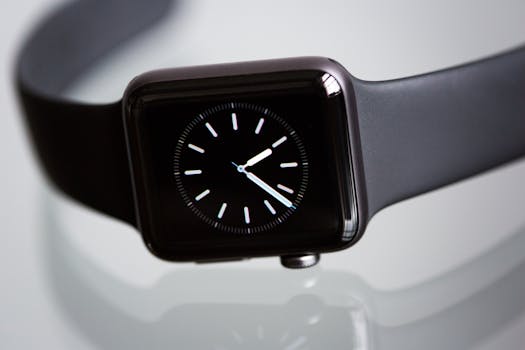
Modern smartwatches now include heart rate monitors, ECG capabilities, sleep analysis, and even blood oxygen level tracking. With the integration of mobile apps, users can manage their health data more effectively, setting fitness goals, tracking progress, and receiving personalized feedback.
The Role of Artificial Intelligence and IoT
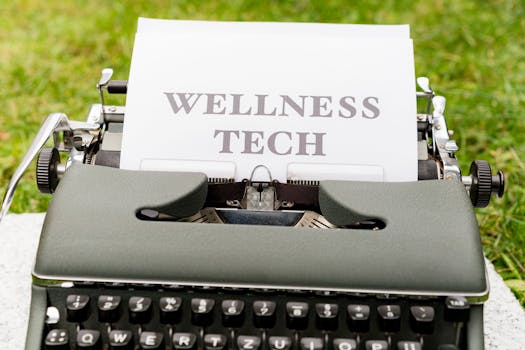
IoT connectivity allows wearable devices to communicate with other smart devices and healthcare systems, creating a comprehensive health monitoring ecosystem. This interconnectedness enhances the ability to track health metrics in real-time and share data with healthcare providers, leading to improved patient outcomes.
The Future of Wearable Devices and Health Monitoring
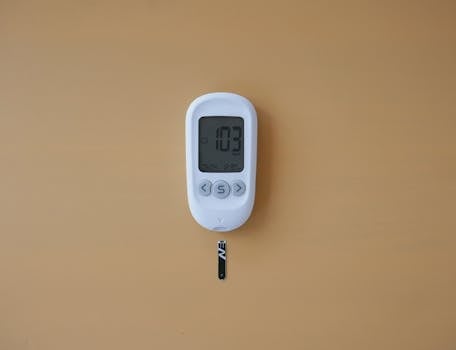
Moreover, the integration of virtual reality (VR) and augmented reality (AR) could further enhance the user experience, making health monitoring more interactive and informative. With ongoing research and development, the possibilities for wearable technology in health monitoring are vast.
Conclusion
